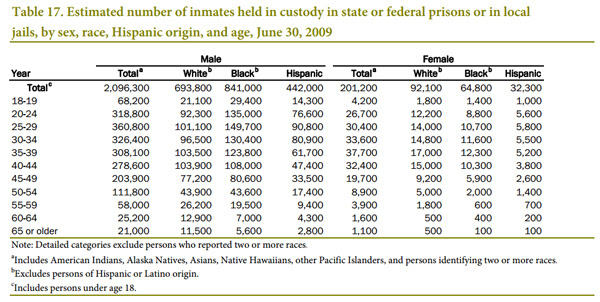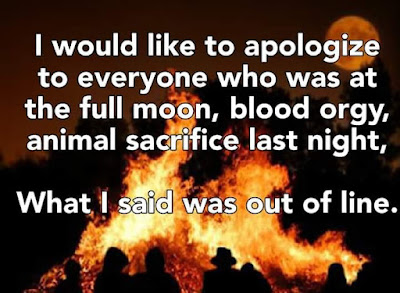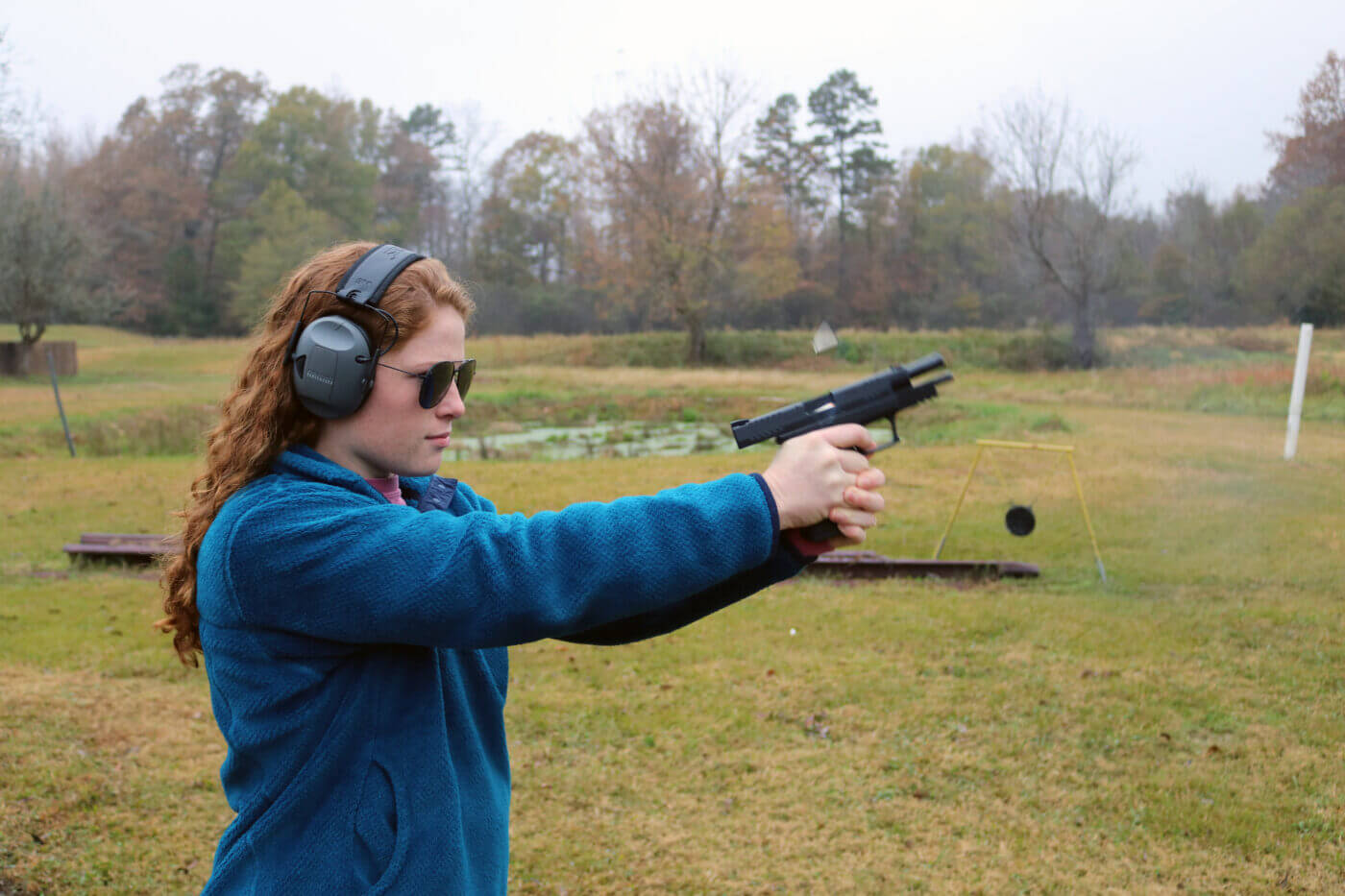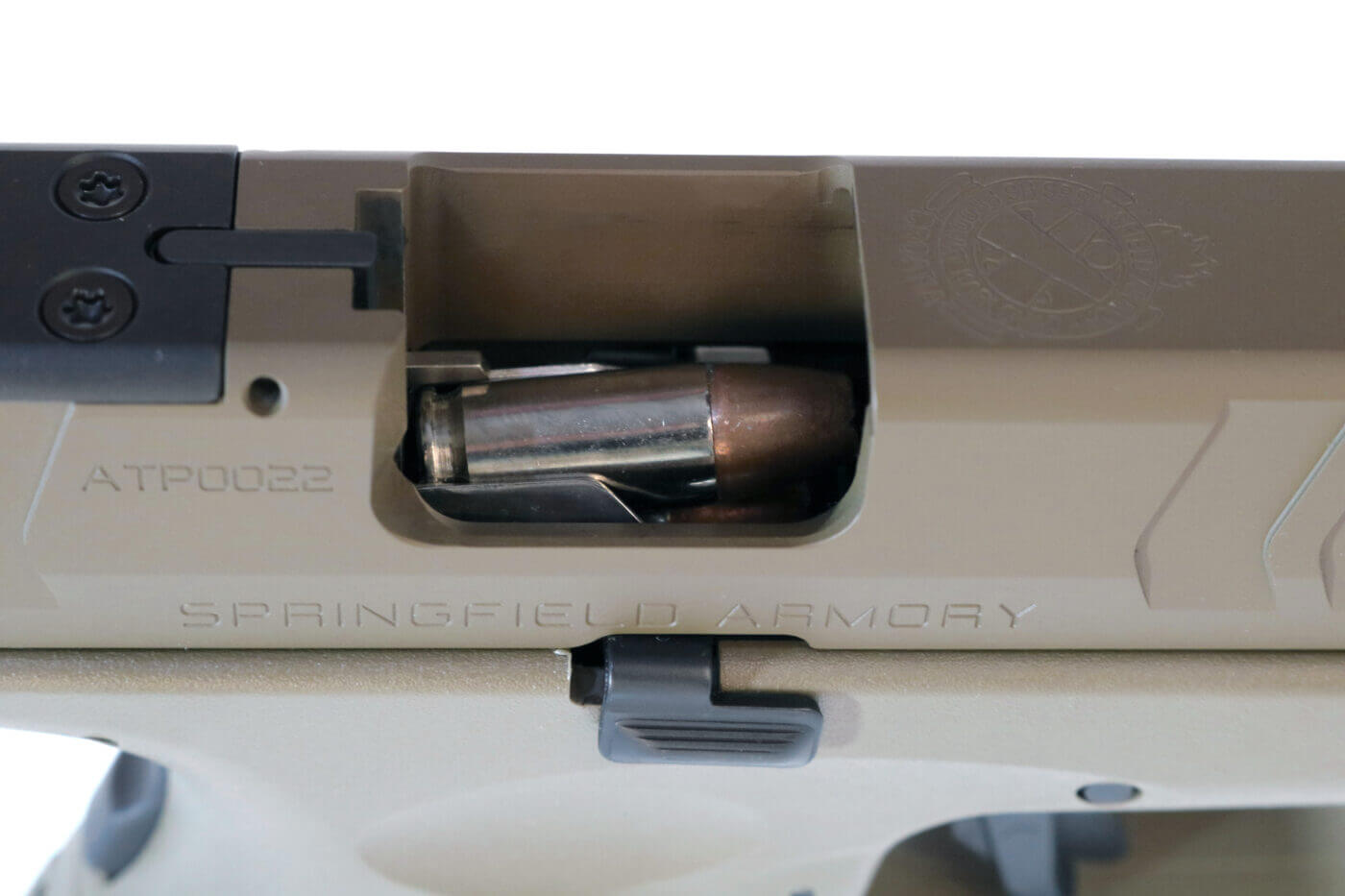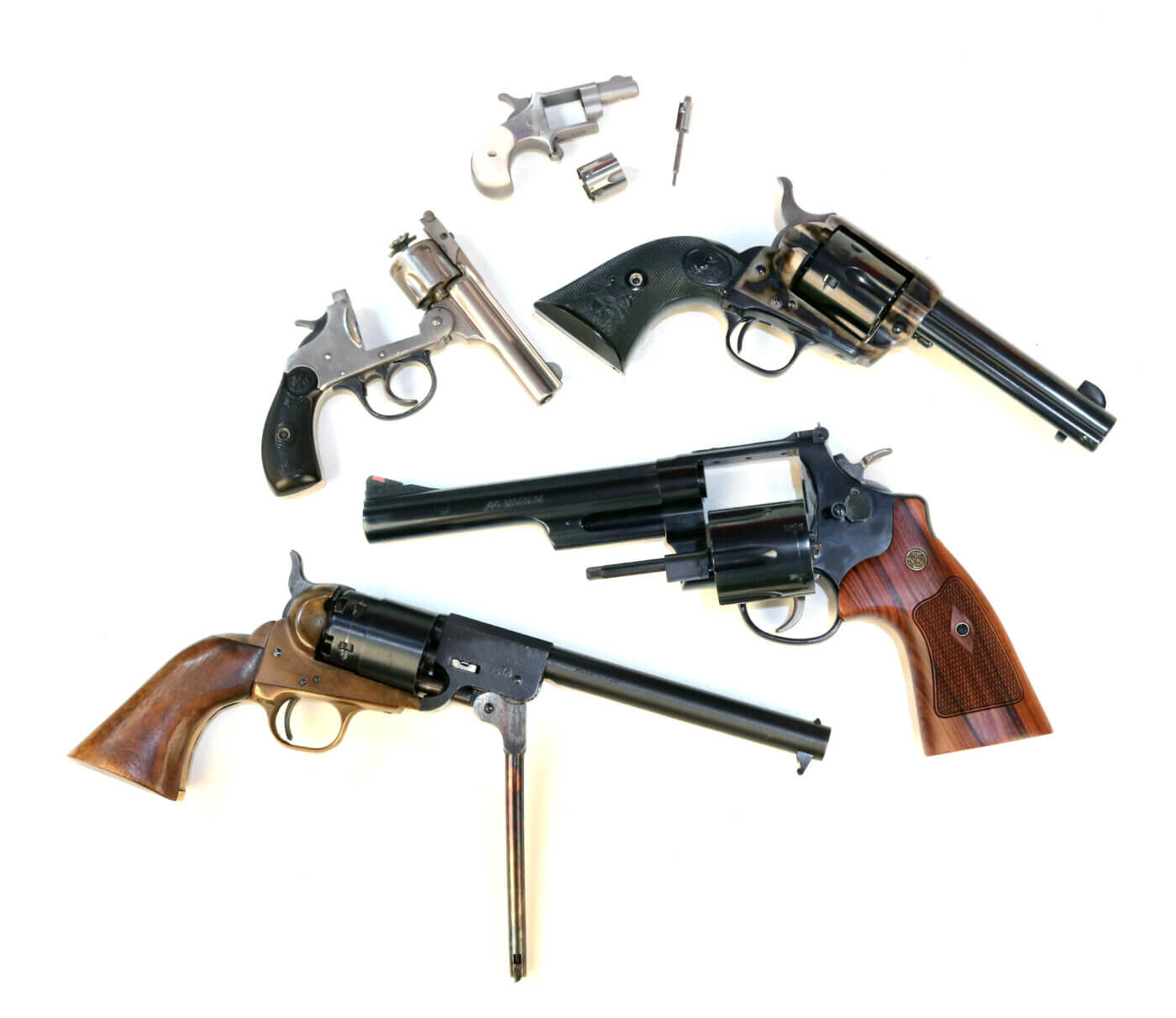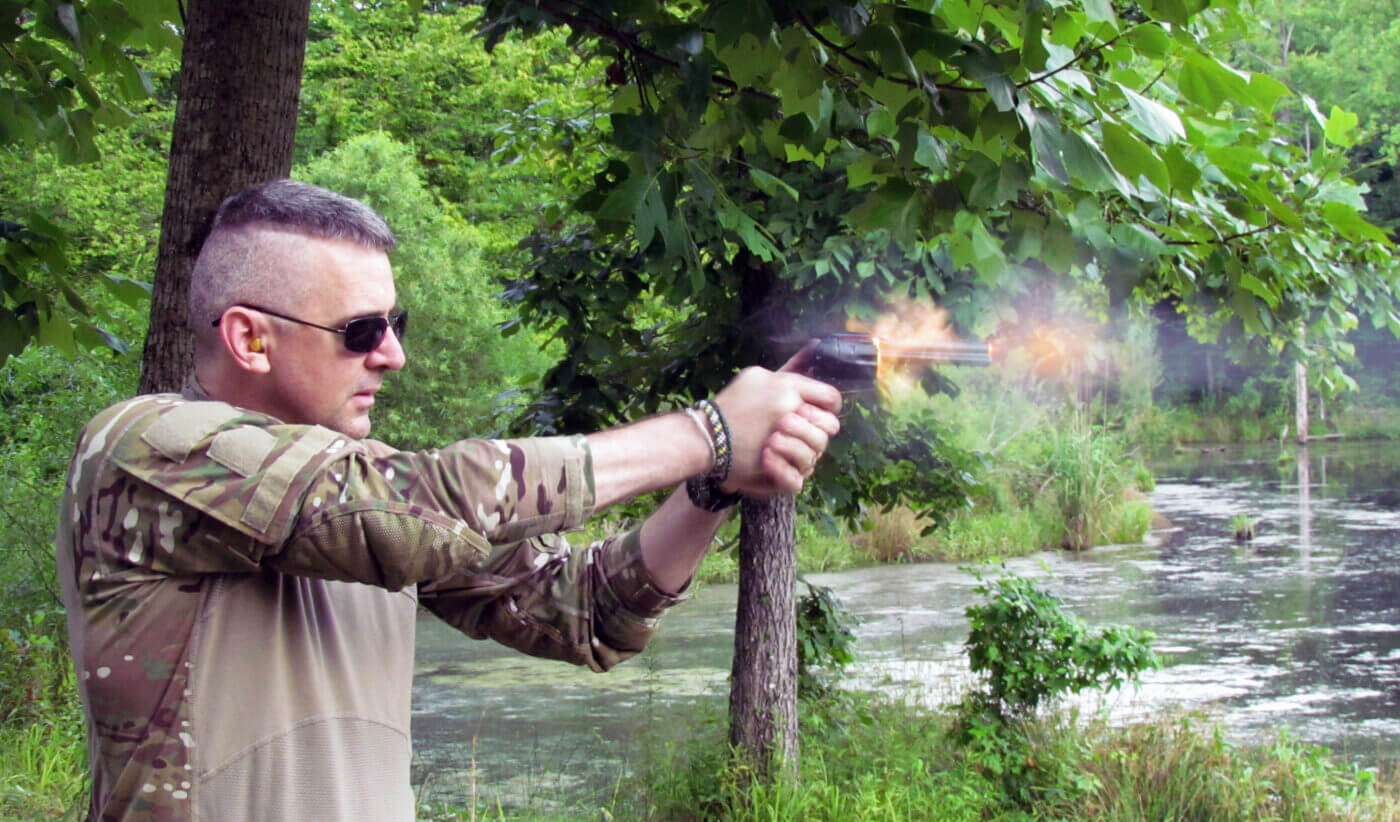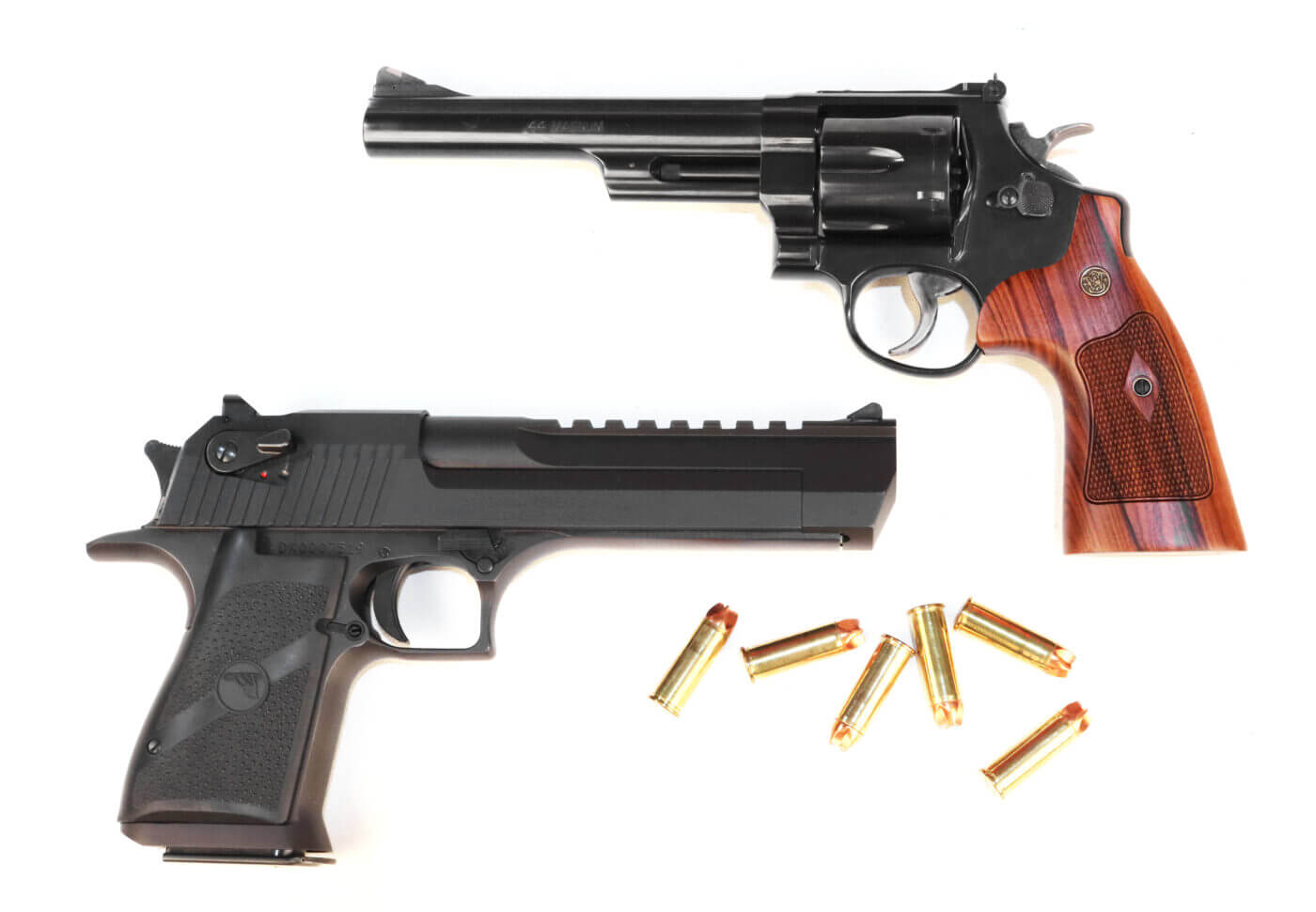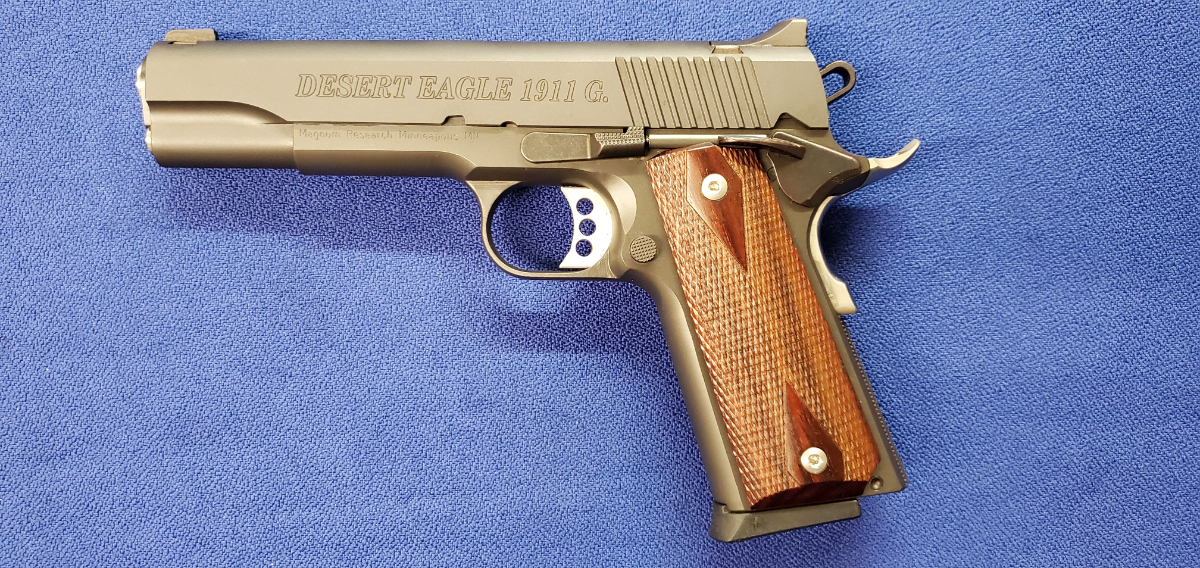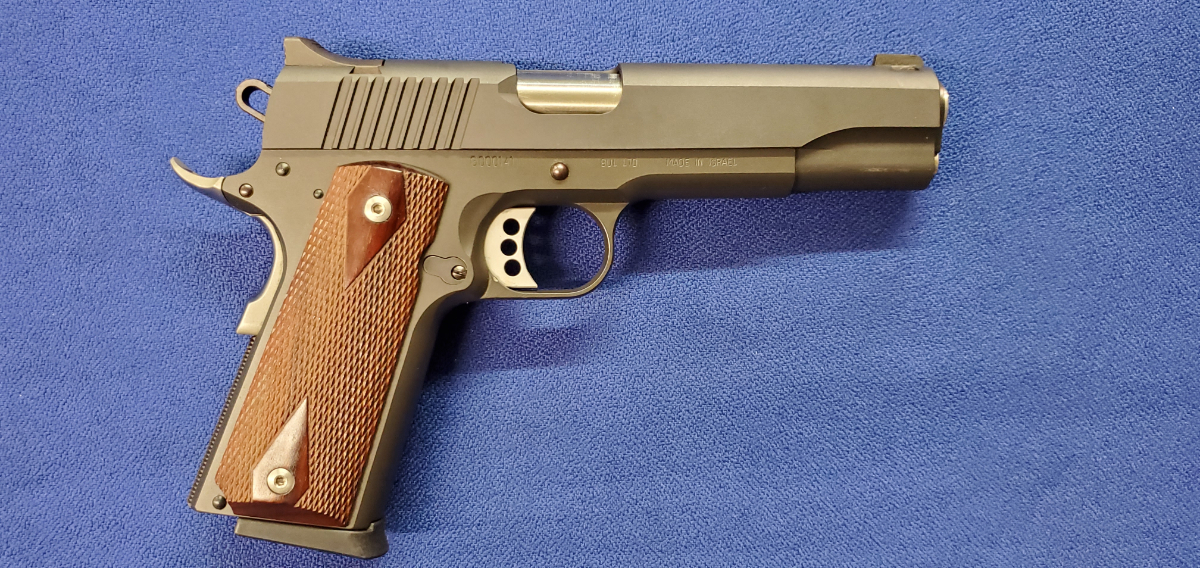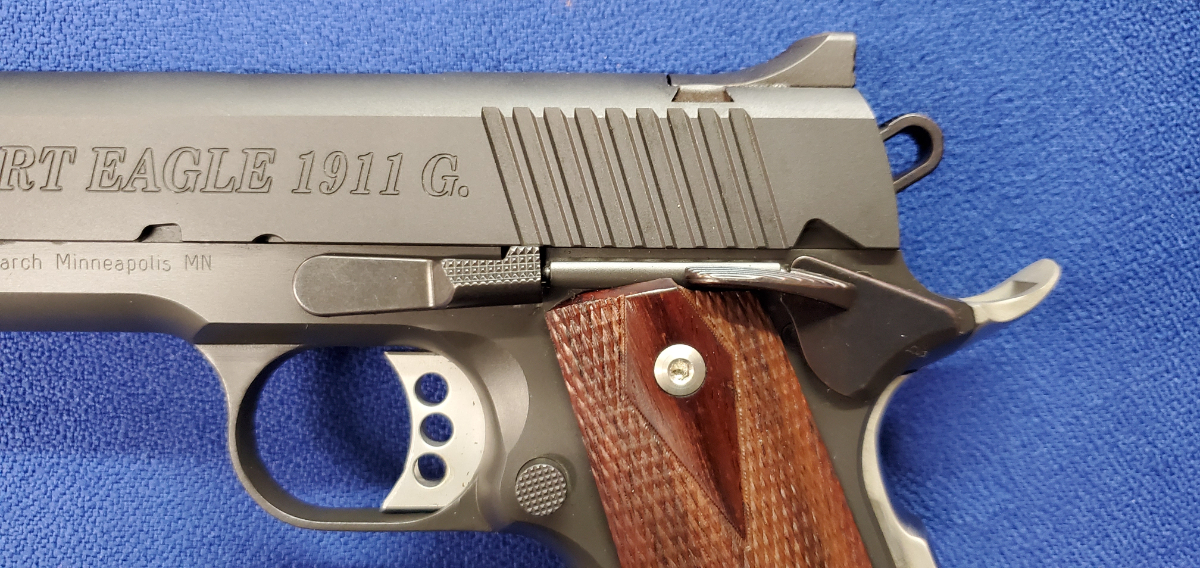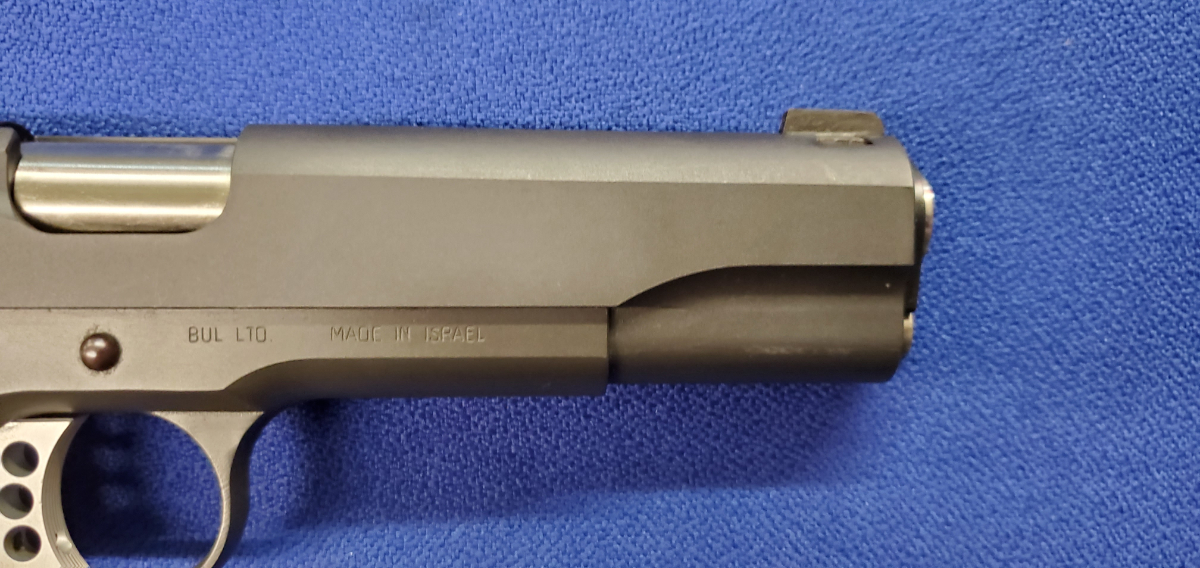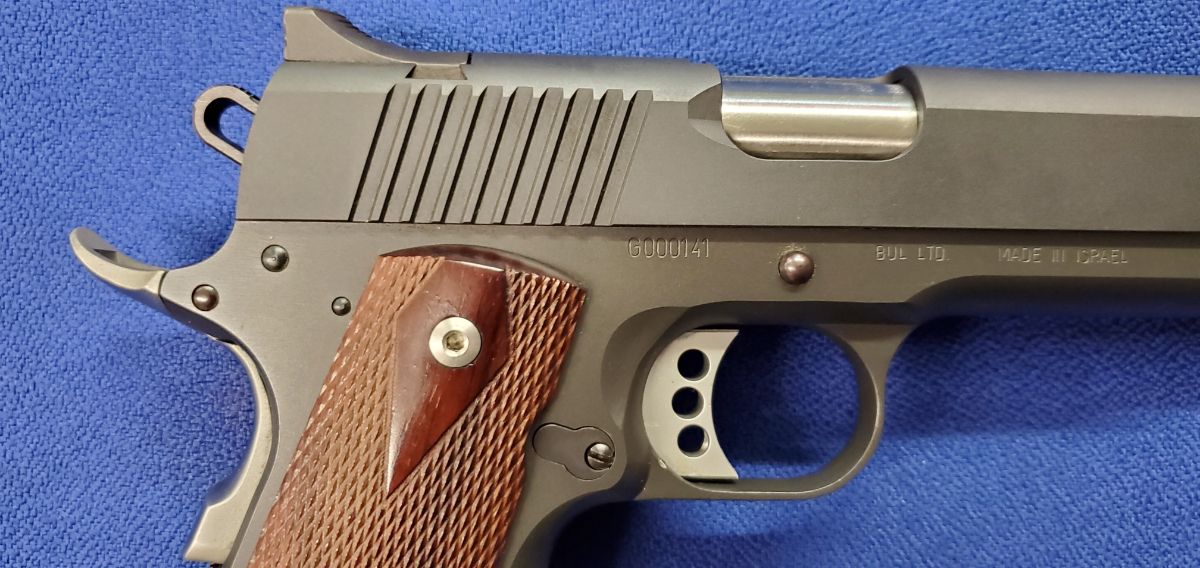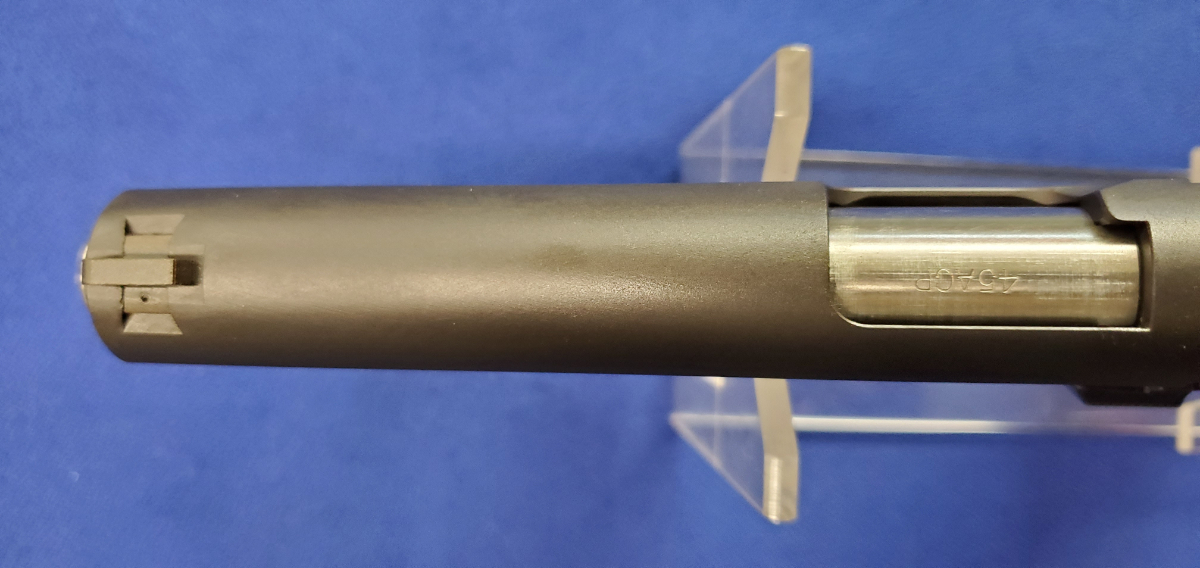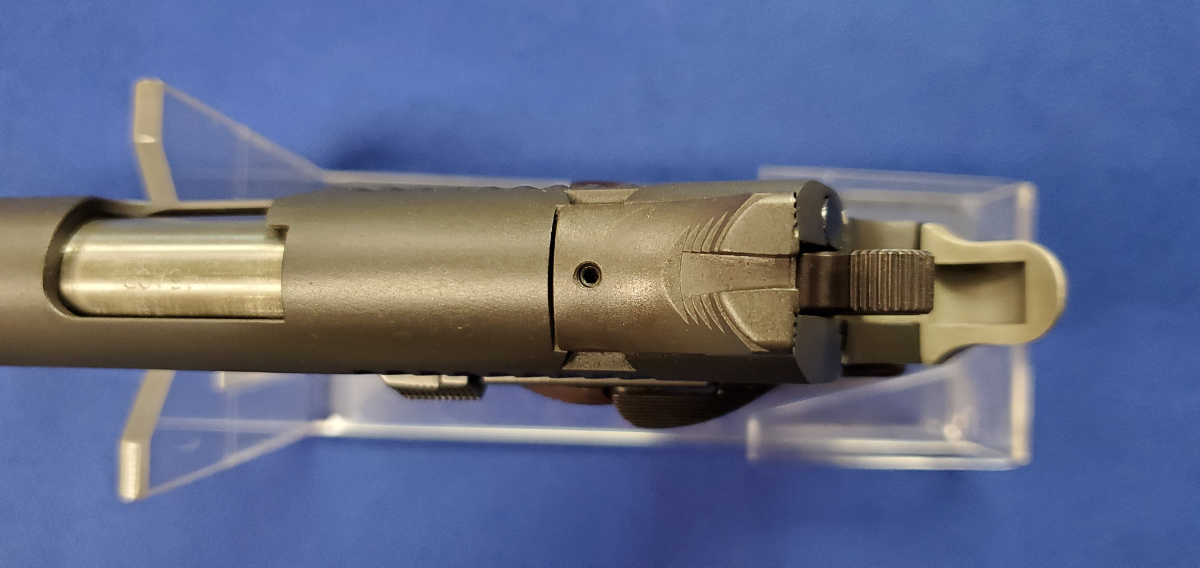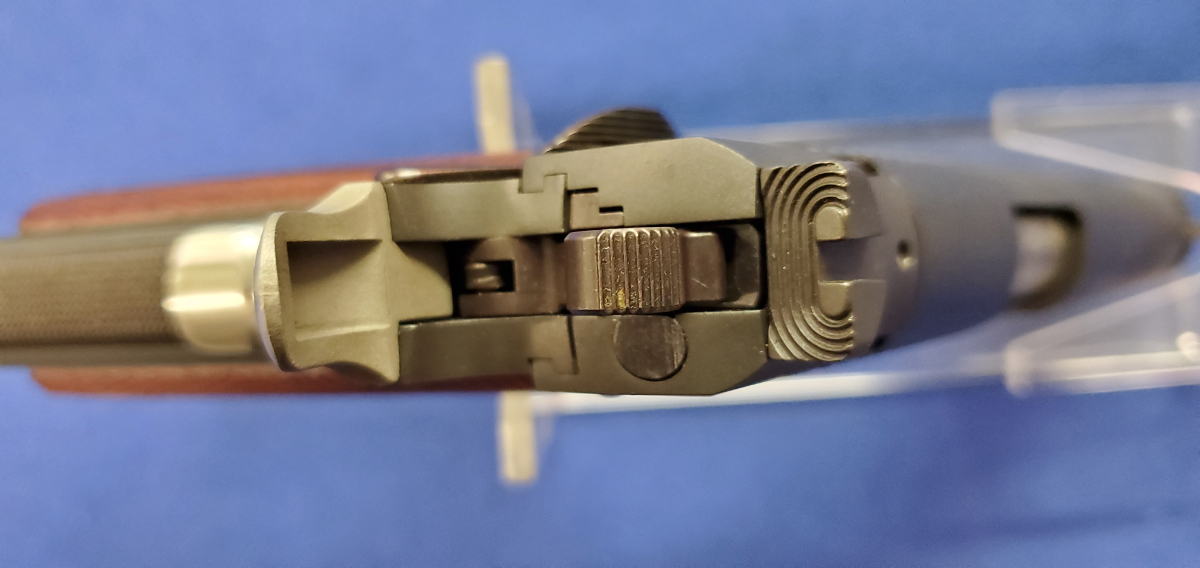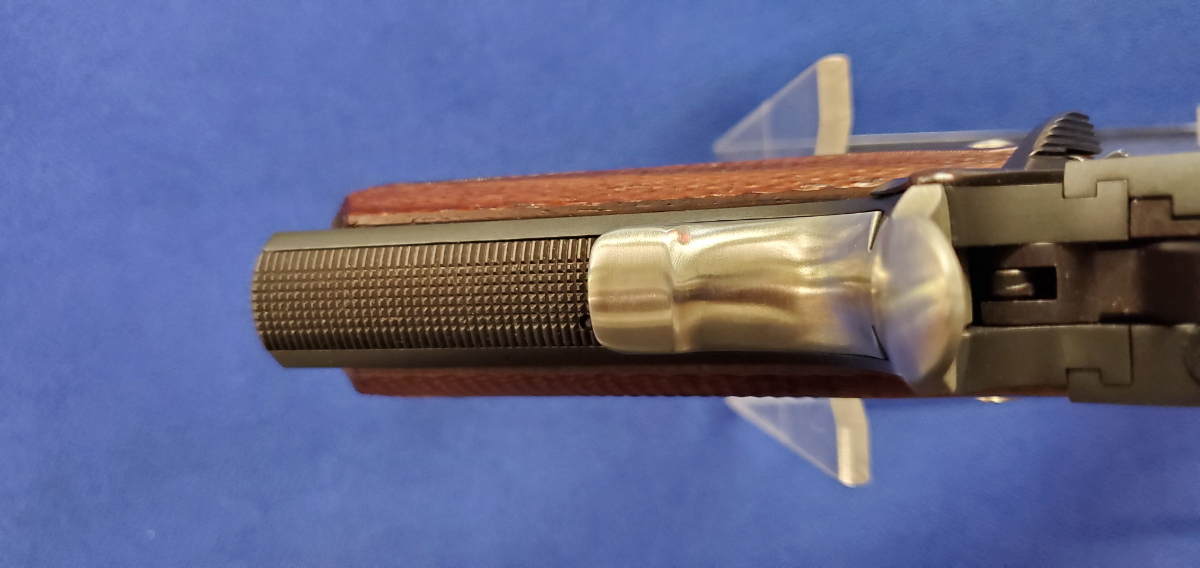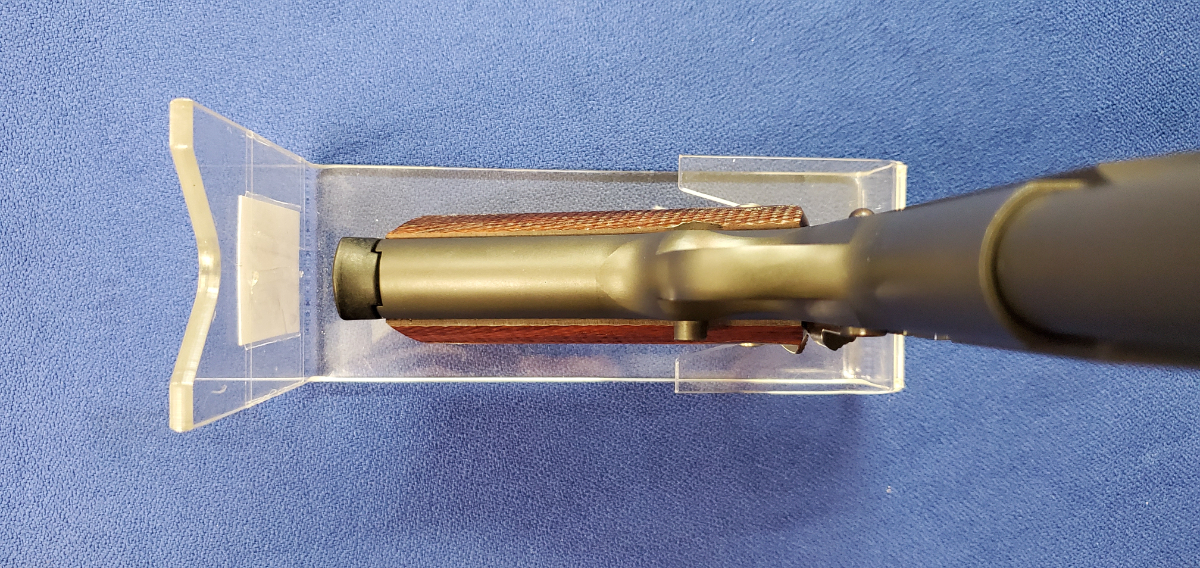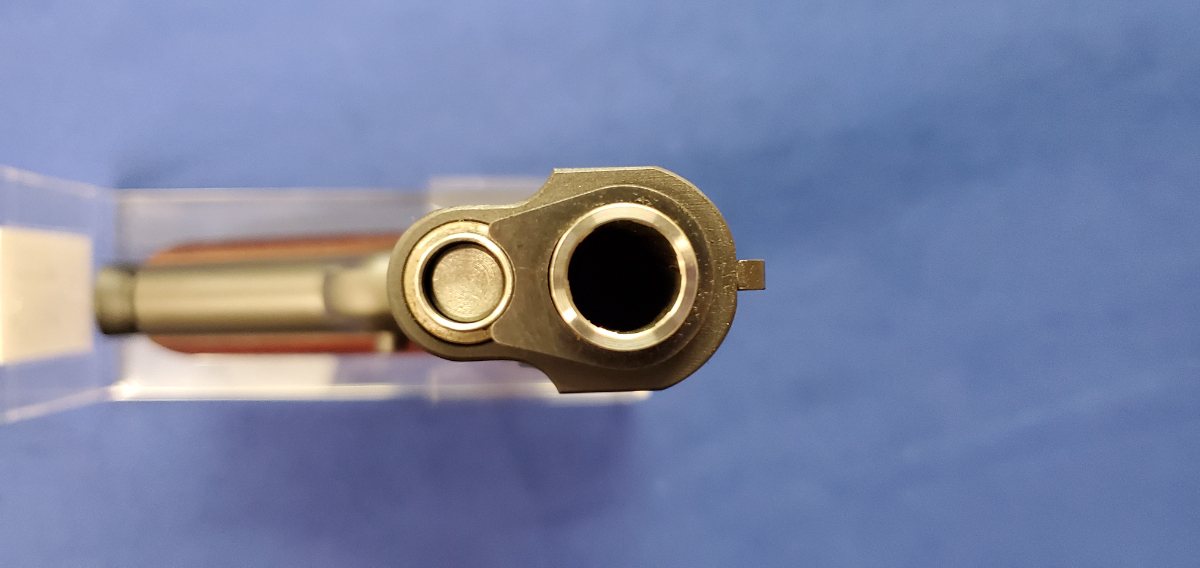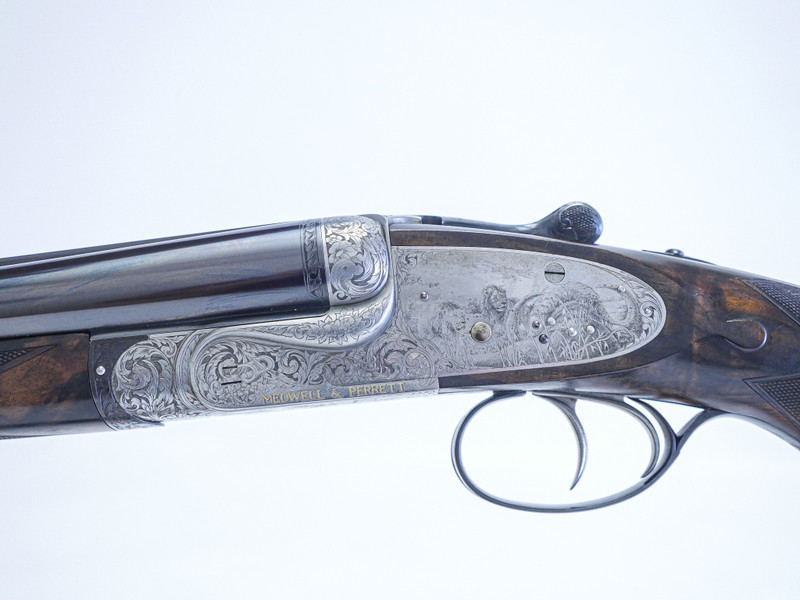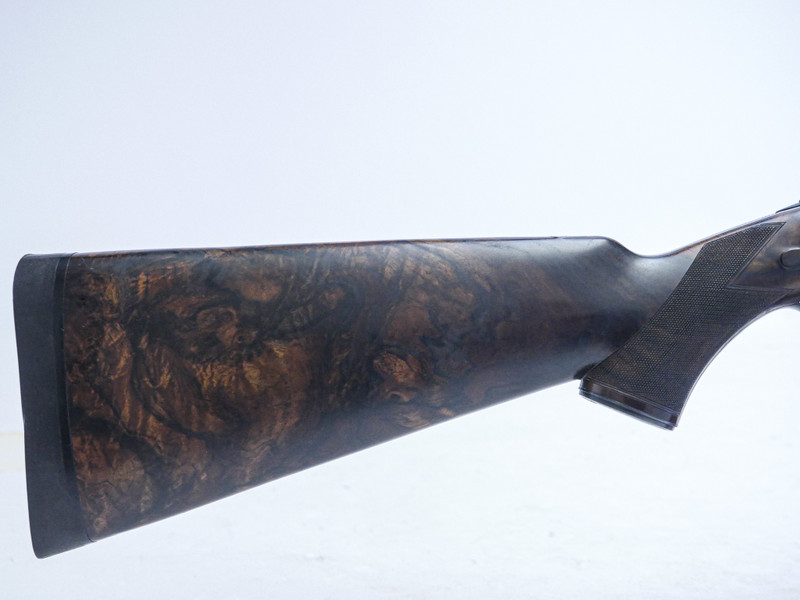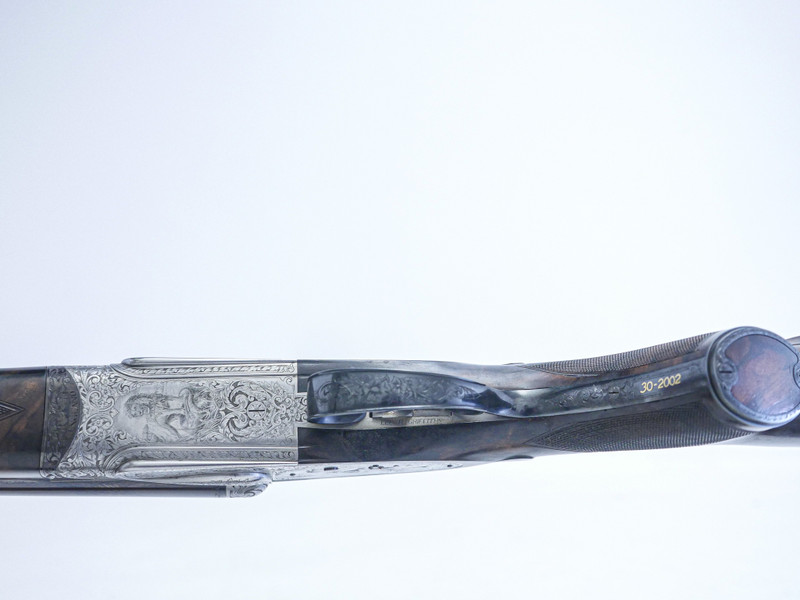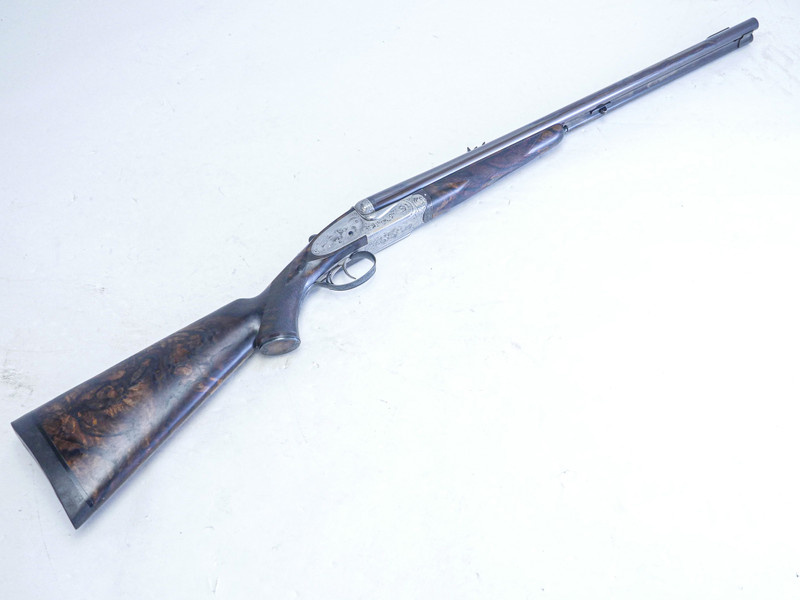I am a public defender in a large southern metropolitan area. Fewer than ten percent of the people in the area I serve are black but over 90 percent of my clients are black. The remaining ten percent are mainly Hispanics but there are a few whites.
I have no explanation for why this is, but crime has racial patterns. Hispanics usually commit two kinds of crime: sexual assault on children and driving under the influence. Blacks commit many violent crimes but very few sex crimes. The handful of whites I see commit all kinds of crimes. In my many years as a public defender I have represented only three Asians, and one was half black.
As a young lawyer, I believed the official story that blacks are law abiding, intelligent, family-oriented people, but are so poor they must turn to crime to survive. Actual black behavior was a shock to me.
The media invariably sugarcoat black behavior. Even the news reports of the very crimes I dealt with in court were slanted. Television news intentionally leaves out unflattering facts about the accused, and sometimes omits names that are obviously black. All this rocked my liberal, tolerant beliefs, but it took me years to set aside my illusions and accept the reality of what I see every day. I have now served thousands of blacks and their families, protecting their rights and defending them in court. What follow are my observations.
Although blacks are only a small percentage of our community, the courthouse is filled with them: the halls and gallery benches are overflowing with black defendants, families, and crime victims. Most whites with business in court arrive quietly, dress appropriately, and keep their heads down. They get in and get out–if they can–as fast as they can. For blacks, the courthouse is like a carnival. They all seem to know each other: hundreds and hundreds each day, gossiping, laughing loudly, waving, and crowding the halls.
When I am appointed to represent a client I introduce myself and explain that I am his lawyer. I explain the court process and my role in it, and I ask the client some basic questions about himself. At this stage, I can tell with great accuracy how people will react. Hispanics are extremely polite and deferential. An Hispanic will never call me by my first name and will answer my questions directly and with appropriate respect for my position. Whites are similarly respectful.
A black man will never call me Mr. Smith; I am always “Mike.” It is not unusual for a 19-year-old black to refer to me as “dog.” A black may mumble complaints about everything I say, and roll his eyes when I politely interrupt so I can continue with my explanation. Also, everything I say to blacks must be at about the third-grade level. If I slip and use adult language, they get angry because they think I am flaunting my superiority.
At the early stages of a case, I explain the process to my clients. I often do not yet have the information in the police reports. Blacks are unable to understand that I do not yet have answers to all of their questions, but that I will by a certain date. They live in the here and the now and are unable to wait for anything. Usually, by the second meeting with the client I have most of the police reports and understand their case.
Unlike people of other races, blacks never see their lawyer as someone who is there to help them. I am a part of the system against which they are waging war. They often explode with anger at me and are quick to blame me for anything that goes wrong in their case.
Black men often try to trip me up and challenge my knowledge of the law or the facts of the case. I appreciate sincere questions about the elements of the offense or the sentencing guidelines, but blacks ask questions to test me. Unfortunately, they are almost always wrong in their reading, or understanding, of the law, and this can cause friction. I may repeatedly explain the law, and provide copies of the statute showing, for example, why my client must serve six years if convicted, but he continues to believe that a hand-written note from his “cellie” is controlling law.
The risks of trial
The Constitution allows a defendant to make three crucial decisions in his case. He decides whether to plea guilty or not guilty. He decides whether to have a bench trial or a jury trial. He decides whether he will testify or whether he will remain silent. A client who insists on testifying is almost always making a terrible mistake, but I cannot stop him.
Most blacks are unable to speak English well. They cannot conjugate verbs. They have a poor grasp of verb tenses. They have a limited vocabulary. They cannot speak without swearing. They often become hostile on the stand. Many, when they testify, show a complete lack of empathy and are unable to conceal a morality based on the satisfaction of immediate, base needs. This is a disaster, especially in a jury trial. Most jurors are white, and are appalled by the demeanor of uneducated, criminal blacks.
Prosecutors are delighted when a black defendant takes the stand. It is like shooting fish in a barrel. However, the defense usually gets to cross-examine the black victim, who is likely to make just as bad an impression on the stand as the defendant. This is an invaluable gift to the defense, because jurors may not convict a defendant—even if they think he is guilty—if they dislike the victim even more than they dislike the defendant.
Most criminal cases do not go to trial. Often the evidence against the accused is overwhelming, and the chances of conviction are high. The defendant is better off with a plea bargain: pleading guilty to a lesser charge and getting a lighter sentence.
The decision to plea to a lesser charge turns on the strength of the evidence. When blacks ask the ultimate question—”Will we win at trial?”—I tell them I cannot know, but I then describe the strengths and weaknesses of our case. The weaknesses are usually obvious: There are five eyewitnesses against you. Or, you made a confession to both the detective and your grandmother. They found you in possession of a pink cell phone with a case that has rhinestones spelling the name of the victim of the robbery. There is a video of the murderer wearing the same shirt you were wearing when you were arrested, which has the words “In Da Houz” on the back, not to mention you have the same “RIP Pookie 7/4/12” tattoo on your neck as the man in the video. Etc.
If you tell a black man that the evidence is very harmful to his case, he will blame you. “You ain’t workin’ fo’ me.” “It like you workin’ with da State.” Every public defender hears this. The more you try to explain the evidence to a black man, the angrier he gets. It is my firm belief many blacks are unable to discuss the evidence against them rationally because they cannot view things from the perspective of others. They simply cannot understand how the facts in the case will appear to a jury.
This inability to see things from someone else’s perspective helps explain why there are so many black criminals. They do not understand the pain they are inflicting on others. One of my robbery clients is a good example. He and two co-defendants walked into a small store run by two young women. All three men were wearing masks. They drew handguns and ordered the women into a back room. One man beat a girl with his gun. The second man stood over the second girl while the third man emptied the cash register. All of this was on video.
My client was the one who beat the girl. When he asked me, “What are our chances at trial?” I said, “Not so good.” He immediately got angry, raised his voice, and accused me of working with the prosecution. I asked him how he thought a jury would react to the video. “They don’t care,” he said. I told him the jury would probably feel deeply sympathetic towards these two women and would be angry at him because of how he treated them. I asked him whether he felt bad for the women he had beaten and terrorized. He told me what I suspected—what too many blacks say about the suffering of others: “What do I care? She ain’t me. She ain’t kin. Don’t even know her.”
No fathers
As a public defender, I have learned many things about people. One is that defendants do not have fathers. If a black even knows the name of his father, he knows of him only as a shadowy person with whom he has absolutely no ties. When a client is sentenced, I often beg for mercy on the grounds that the defendant did not have a father and never had a chance in life. I have often tracked down the man’s father–in jail–and have brought him to the sentencing hearing to testify that he never knew his son and never lifted a finger to help him. Often, this is the first time my client has ever met his father. These meetings are utterly unemotional.
Many black defendants don’t even have mothers who care about them. Many are raised by grandmothers after the state removes the children from an incompetent teenaged mother. Many of these mothers and grandmothers are mentally unstable, and are completely disconnected from the realities they face in court and in life. A 47-year-old grandmother will deny that her grandson has gang ties even though his forehead is tattooed with a gang sign or slogan. When I point this out in as kind and understanding way as I can, she screams at me. When black women start screaming, they invoke the name of Jesus and shout swear words in the same breath.
Black women have great faith in God, but they have a twisted understanding of His role. They do not pray for strength or courage. They pray for results: the satisfaction of immediate needs. One of my clients was a black woman who prayed in a circle with her accomplices for God’s protection from the police before they would set out to commit a robbery.
The mothers and grandmothers pray in the hallways–not for justice, but for acquittal. When I explain that the evidence that their beloved child murdered the shop keeper is overwhelming, and that he should accept the very fair plea bargain I have negotiated, they will tell me that he is going to trial and will “ride with the Lord.” They tell me they speak to God every day and He assures them that the young man will be acquitted.
The mothers and grandmothers do not seem to be able to imagine and understand the consequences of going to trial and losing. Some–and this is a shocking reality it took me a long time to grasp–don’t really care what happens to the client, but want to make it look as though they care. This means pounding their chests in righteous indignation, and insisting on going to trial despite terrible evidence. They refuse to listen to the one person–me–who has the knowledge to make the best recommendation. These people soon lose interest in the case, and stop showing up after about the third or fourth court date. It is then easier for me to convince the client to act in his own best interests and accept a plea agreement.
Part of the problem is that underclass black women begin having babies at age 15. They continue to have babies, with different black men, until they have had five or six. These women do not go to school. They do not work. They are not ashamed to live on public money. They plan their entire lives around the expectation that they will always get free money and never have to work. I do not see this among whites, Hispanics, or any other people.
The black men who become my clients also do not work. They get social security disability payments for a mental defect or for a vague and invisible physical ailment. They do not pay for anything: not for housing (Grandma lives on welfare and he lives with her), not for food (Grandma and the baby-momma share with him), and not for child support. When I learn that my 19-year-old defendant does not work or go to school, I ask, “What do you do all day?” He smiles. “You know, just chill.” These men live in a culture with no expectations, no demands, and no shame.
If you tell a black to dress properly for trial, and don’t give specific instructions, he will arrive in wildly inappropriate clothes. I represented a woman who was on trial for drugs; she wore a baseball cap with a marijuana leaf embroidered on it. I represented a man who wore a shirt that read “rules are for suckers” to his probation hearing. Our office provides suits, shirts, ties, and dresses for clients to wear for jury trials. Often, it takes a whole team of lawyers to persuade a black to wear a shirt and tie instead of gang colors.
From time to time the media report that although blacks are 12 percent of the population they are 40 percent of the prison population. This is supposed to be an outrage that results from unfair treatment by the criminal justice system. What the media only hint at is another staggering reality: recidivism. Black men are arrested and convicted over and over. It is typical for a black man to have five felony convictions before the age of 30. This kind of record is rare among whites and Hispanics, and probably even rarer among Asians.
At one time our office was looking for a motto that defined our philosophy. Someone joked that it should be: “Doesn’t everyone deserve an eleventh chance?”
I am a liberal. I believe that those of us who are able to produce abundance have a moral duty to provide basic food, shelter, and medical care for those who cannot care for themselves. I believe we have this duty even to those who can care for themselves but don’t. This world view requires compassion and a willingness to act on it.
My experience has taught me that we live in a nation in which a jury is more likely to convict a black defendant who has committed a crime against a white. Even the dullest of blacks know this. There would be a lot more black-on-white crime if this were not the case.
However, my experience has also taught me that blacks are different by almost any measure to all other people. They cannot reason as well. They cannot communicate as well. They cannot control their impulses as well. They are a threat to all who cross their paths, black and non-black alike.
I do not know the solution to this problem. I do know that it is wrong to deceive the public. Whatever solutions we seek should be based on the truth rather than what we would prefer was the truth. As for myself, I will continue do my duty to protect the rights of all who need me.
